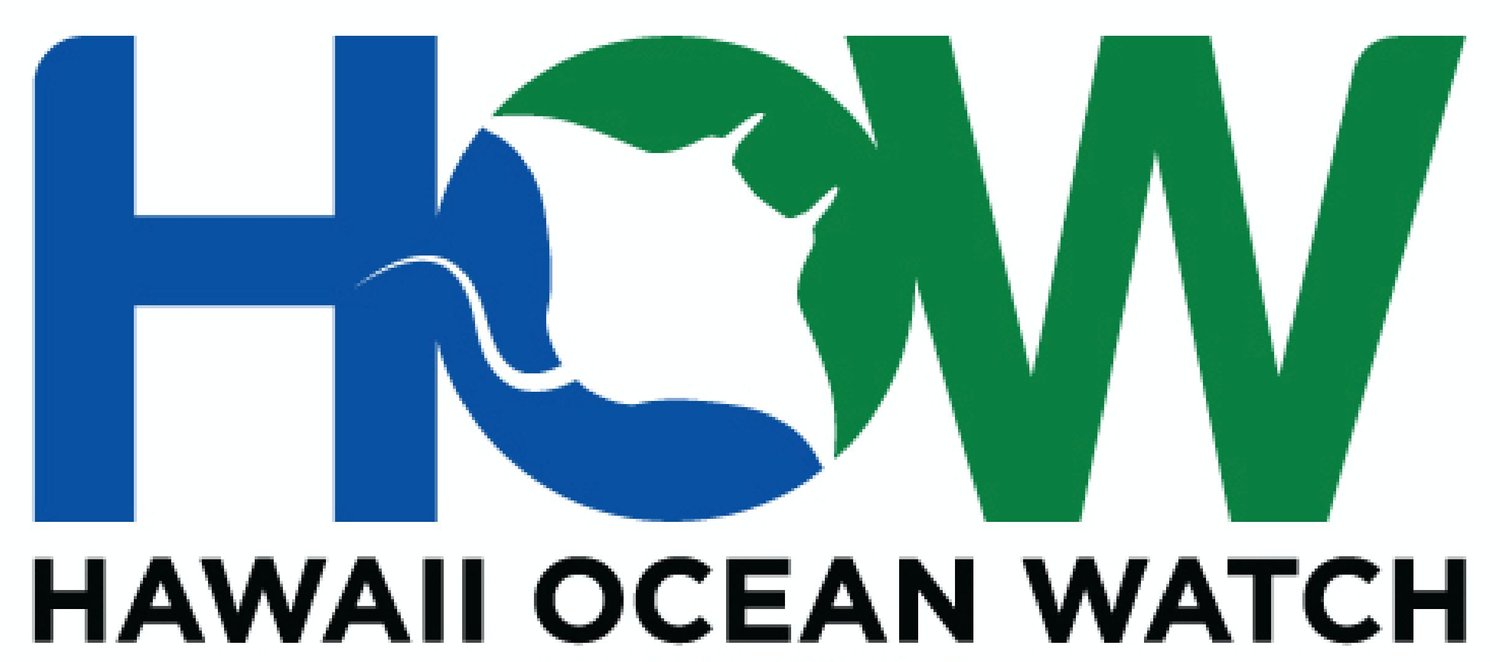Manta tour operator standards
The manta ray tourism industry has grown significantly since 2004.
In an effort to address the issues of rapid growth and questionable conduct within the local community, Federal and State Officials called a meeting of manta ray activity providers in November of 2012.
They urged the companies involved to democratically form the “standards” - a code of conduct that every person or organization involved with manta rays would follow, voluntarily.
By April of 2013, the Manta Tour Operator Standards were created.
The purpose of the Manta Tour Operator Standards
is to
Increase the safety of manta rays and their habitat and
Increase the safety of crew, participants, and other people involved in the manta tour experience
To establish community practices and to educate everyone involved.
Who are these Standards for?
While the words “tour operator” might indicate bigger companies only, the Standards have been created by and for a multitude of parties including individual ocean lovers.
Owners of manta tour operations
Boat captains
Ocean crew e.g. dive masters, snorkel or scuba diving guides
Professional videographers or photographers
Participants in organized tours
Individual kayakers, paddle boarders, snorkelers, and scuba divers
Recreational videographers and photographers
In other words, anyone coming near one of the manta ray viewing sites is expected to follow these standards.
Highlights from the Manta Tour Operator Standards:
Everyone involved is expected to work as a community at the manta viewing sites, and show professional and courteous conduct at all times
Boat procedures: captains to not drive through area of human/marine life activity, to cooperate with other boaters when using moorings, reporte moorings in need of repair, display navigation lights, comply with federal and state rules, etc.
Although it is discouraged to throw down an anchor, if anchoring, a crew member should be in the water to avoid damaging people, coral, and other marine life.To prevent manta ray injuries and entanglement, the parties agree to not use in-water lights near harmful boat apparatus and to not attract mantas near their boats if other groups are at the site. The wording in the Standards also clarifies when to (not) use certain types of lighting, and the use of descent lines, lines between vessels, and buoyant lines.
Operators with in-water activities must have adequately trained and certified in-water guides for each activity. The Standards outline which certifications (besides CPR/First Aid training) are required. All participants must stay with their guide at all times, and each operator must have an emergency recall procedure.
Participants are urged to passively observe (no touching of mantas or other marine life!). Divers to stay at the bottom, snorkelers at the surface - leaving an open water column for the mantas to maneuver (this is also called the Campsite Operation, read more here about how it works).
Professional videographers and photographers must identify themselves with 2 marker lights, and observe the same guidelines as all other participants. They are not allowed to shine video light or deploy camera flashes into the faces of people who are not their customers, or into other areas that might attract mantas away from the main area of activity.
The Standards and their appendices are based on the “tribal knowledge” of manta tour operators, scuba diving guides, snorkel guides, and boat captains from decades of experience in the manta tour industry.
Appendix #1, Campfire method:
Creating a “Campfire” with lights is designed to gather people and manta rays into one location. A single campfire location concentrates light, plankton, and professional supervision in a manageable area.
Multiple campfires create a dispersal of manta ray feeding, resulting in a diminished experience for everyone.
Appendix #2, Communication:
Briefing guests on best practices in the water - including safety protocols and courteous behavior
Communicating with guides and captains from other groups to share information, coordinate in-water activities, and assist each other when necessary
Boat captains are encouraged to exchange their mobile phone numbers and get in touch when needed
Do the operator standards work?
While the 2013 Tour Operator Standards were a veritable “tour the force”, bringing together 30-40 companies with different objectives and priorities, it soon became clear that not everyone was willing to comply with the standards.
On top of this, as the influx of tourists keeps growing, it is becoming increasingly harder for companies that want to comply to keep things safe in the middle of the nightly chaos.



